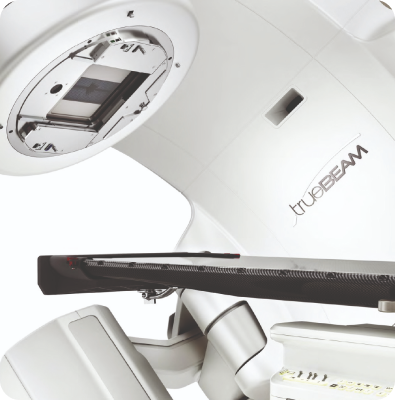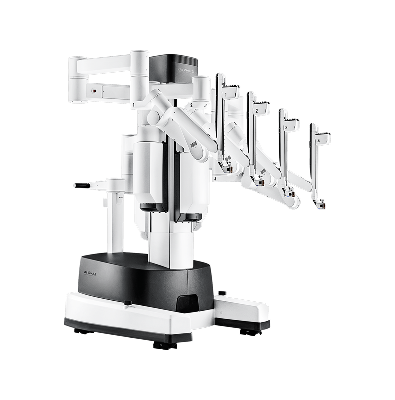Hepato-Pancreato-Biliary (HPB) Surgery encompasses surgical treatments for both benign and malignant diseases of the liver, pancreas, gallbladder, and bile ducts. These are complex and technically demanding procedures that require a high level of expertise and experience in general surgery.
Liver tumors may originate within the liver itself or spread (metastasize) from other parts of the body. Most liver metastases arise from tumors located in the colon and rectum, while others may originate from neuroendocrine tumors of the gastrointestinal tract.
Pancreatic tumors may develop from the pancreatic duct, neuroendocrine cells, or cystic lesions that can display either benign or malignant behavior depending on their type.
Gallbladder and bile duct tumors are relatively rare but, when detected, typically require extensive surgical intervention due to their complex nature.
Diagnosis
Liver tumors may present with vague abdominal pain and are often detected incidentally during CT or MRI scans. In some cases, a biopsy may be required for definitive diagnosis. However, imaging studies and blood tests usually allow physicians to predict the tumor type with high accuracy.
Pancreatic, gallbladder, and bile duct tumors may present with painless jaundice or nonspecific abdominal symptoms. CT or MRI imaging is essential for preliminary diagnosis. In certain cases, endoscopic procedures may be performed for diagnostic purposes or to relieve bile duct obstructions caused by the tumor.
Treatment
The treatment of hepatopancreatobiliary tumors is planned through a multidisciplinary approach involving a hepatobiliary surgeon, medical oncologist, interventional radiologist, radiation oncologist, and diagnostic radiologist.
For liver tumors, achieving a cure in primary liver cancer is possible only through resection (surgical removal of the tumor with clear margins) or transplantation. In metastatic colorectal cancer, complete removal of the diseased portion is necessary. If the entire tumor cannot be surgically removed, ablative therapies (such as radiofrequency or microwave ablation) may be used to destroy residual tumor tissue. In addition to traditional open surgery, minimally invasive (laparoscopic) approaches can also be employed, offering benefits such as shorter recovery time and reduced risk of wound infection.
For pancreatic tumors, surgery remains the only potential curative option. The best outcomes are achieved by removing the tumor with negative surgical margins. If the tumor is located in the head of the pancreas, a Whipple procedure (pancreaticoduodenectomy) — sometimes involving vascular reconstruction — is performed. For tumors in the body or tail of the pancreas, resection is carried out with or without spleen preservation, depending on the tumor type.
For gallbladder and bile duct tumors, liver resection is frequently required. Depending on the level of bile duct obstruction caused by the tumor, reconstruction of the bile ducts at various levels may also be necessary.







